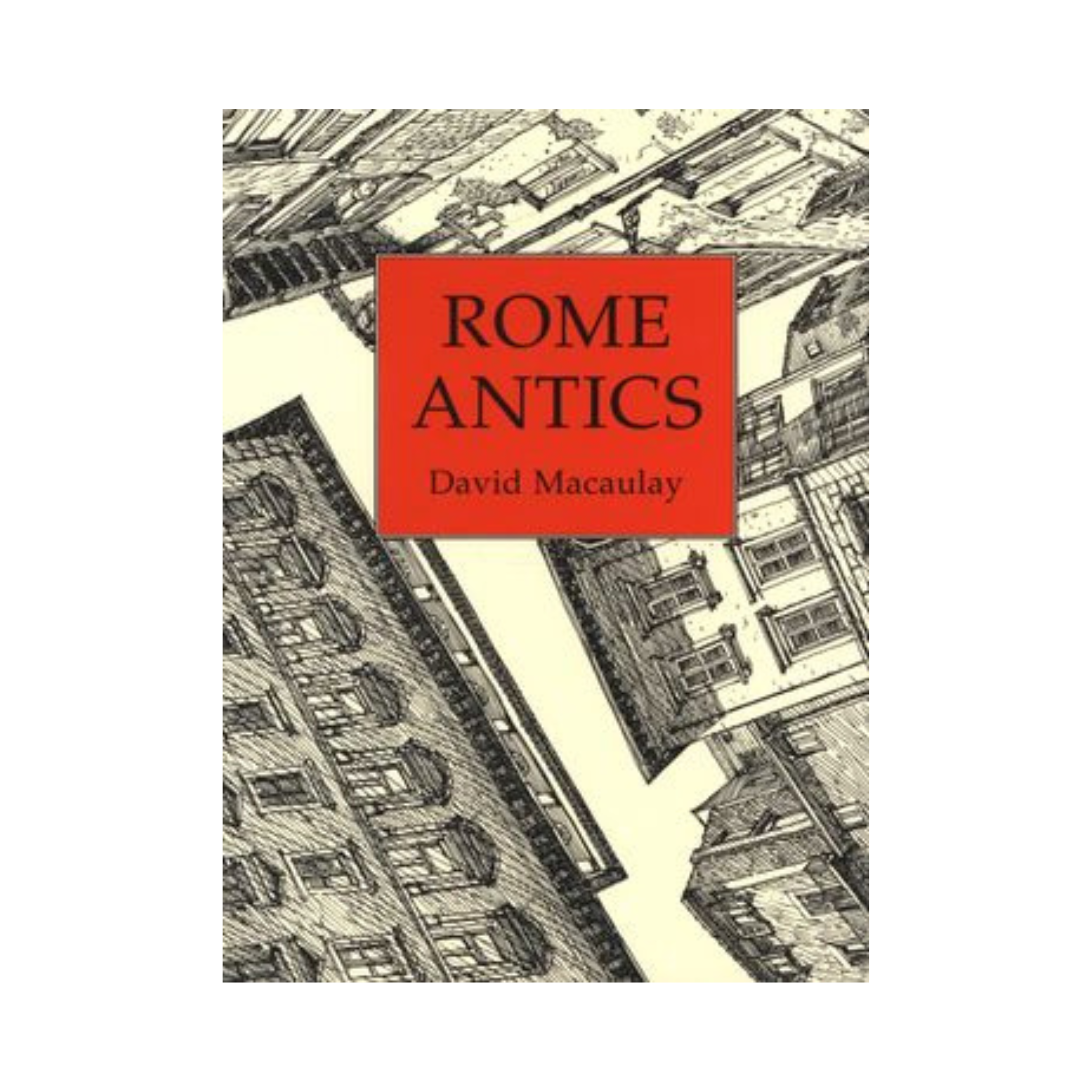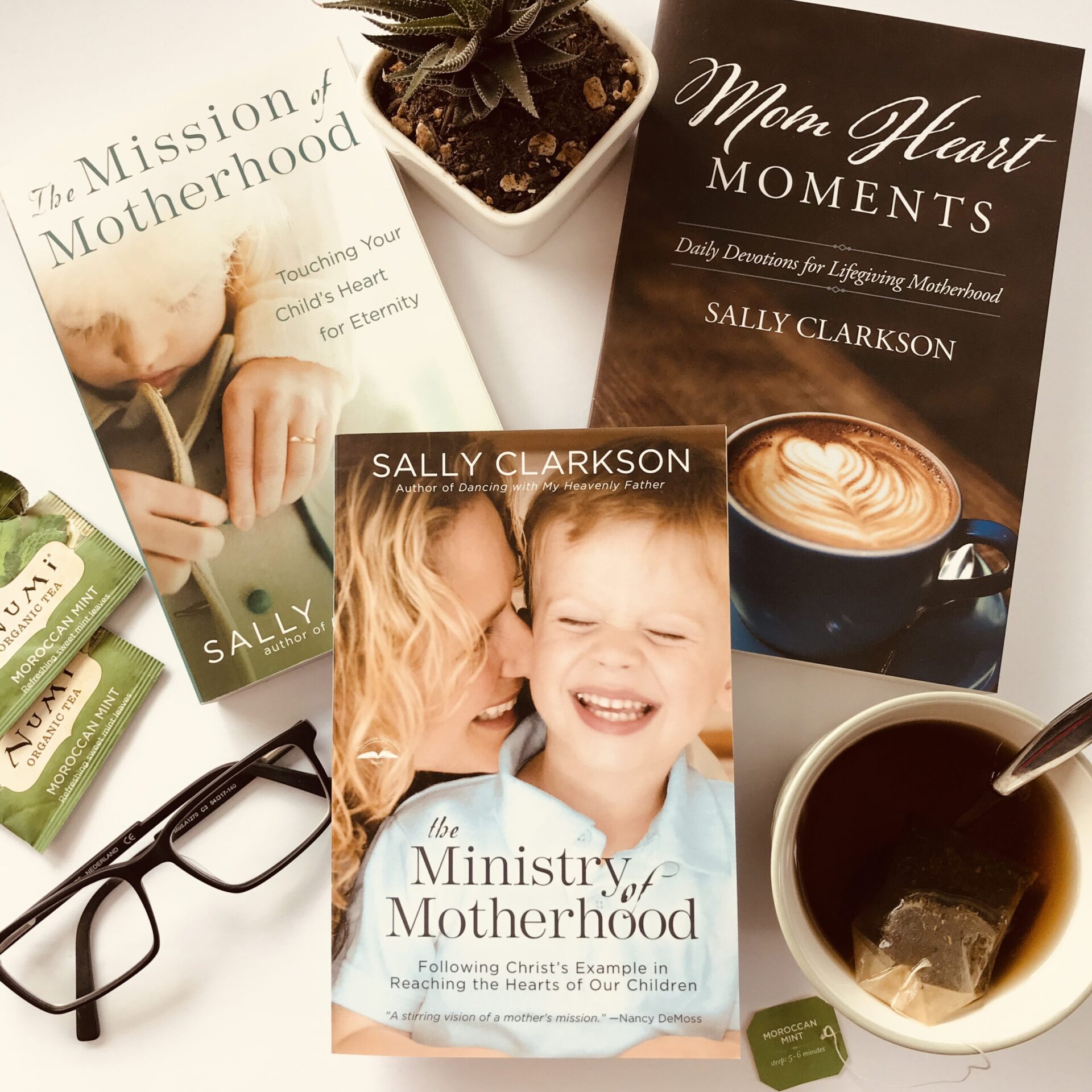
Our culture minimizes the importance of a mother’s role but Sally Clarkson helps to set things straight! She has been a mentor to many homeschooling mamas through the pages of her books and we encourage you to treat yourself to this trio or order one, leaving the rest on your Wishlist. The Mission of Motherhood Mom Heart Moments The Ministry of Motherhood Sally Clarkson also has a Podcast called At Home with Sally Clarkson & Friends. I wasn’t a Christian when I began my mothering journey. I was several years in when I became a Christian and the Lord has used many wonderful resources over the years to shape my view of motherhood for the better. There was a time when I had a very poor attitude towards motherhood. I struggled to see the value in the day-to-day details of mom life and I felt overwhelmed by a task list that seemed neverending, unmanageable, far too repetitive, and very menial. I’ve received wonderful mentorship in the pages of books written for moms but admittedly, I have had The Mission of Motherhood sitting on my shelf for quite some time, unread. I have really enjoyed listening to Sally’s podcasts and can testify from listening to her that she is a resource that you will benefit from! Whether you are struggling in your role or at a place where you just need some affirmation, these books will bless you! Rest assured that you are spending heaps of time on tasks that do have real value, both for the here and now and for eternity. You have a sweet missions field that lives right in your home and I encourage you to set your mind to that on a daily basis. My best days start with the Lord, in his word, and in prayer. Remember that there is nothing we can accomplish apart from his grace and there are things only the Lord can do in the lives of our children. Be encouraged as you spend another day doing mom things. by Adrianne Curwen Adrianne is a wife to a public-school educator/administrator and a homeschooling Mama to seven children, ranging in age from 7 to 23. She believes that we have a unique opportunity as homeschoolers to design individualized education that suits giftings, interests, and passions. She and her husband have used a blend of registered homeschooling, enrolment with independent DL schools, and participation in public trade school programs to design individualized programs for their children. She is passionate about using as many read-alouds, picture books, novels, and conversations to educate her children but also gets excited by the amazing homeschool-designed curriculum that’s out there. Adrianne is thrilled by her new role as Communication Specialist for Classical Education Books and is grateful to have an opportunity to learn something new. She is grateful, every day, for her saviour, Jesus Christ, and has no greater joy than when she sees her most important missions field walk with Him.

Readers love a good novel series! This blog post is full of reviews that will guide you to the next novel series for your children. Having trouble deciding? Start Wishlist on our website. Reviews are included here for: The Green Ember Padraic Colum’s Stories from Ancient Mythology The Wilderking Trilogy Marguerite Henry Books The Wingfeather Saga Green Ember Series Heather and Pickett are two youngsters who are suddenly faced with the unimaginable reality of losing their home and their family. Faced with betrayal resulting in a life-threatening race against hungry, vicious wolves Heather and Pickett must remember, and obey, those commands given by their parents in a time of peace when no one was really paying attention. So begins the story of rabbits with swords, or courage versus cowardice. The young siblings embark on an adventure that will take them to the end of the known rabbit world, and push them beyond their own limits of strength and valor. Heather, as the older sister will learn how to love and protect while allowing freedom and growth to happen in those she tenderly cares for. Pickett will need to make decisions on whether to deal with his envy and bitterness as he begins to work with a prickly mentor. At every turn, there is suspense as victory and defeat take on different forms and have bittersweet outcomes. Morbin Blackhawk, leader of the depraved forces closes in on the beauty and bravery displayed by King Jupiter’s descendants. Each individual soldier must choose for himself who to follow as more than one leader lays claim to the throne. As Heather and Pickett get closer to the throne, and the true descendant, they find themselves in the confidence of the throne’s secret. Can they protect rabbitkind? Will Heather’s talent be the undercurrent of strength to keep the faith even in captivity? Can Pickett hold his own and fight with a resolve that’s larger than life? This series will keep you wondering at every turn. It has quiet moments of reflection interspersed with adventure. And one of my favorite things about this series is that it’s not particularly “for girls” or “for boys” but rather, for families, siblings, children, adults, or, quite simply all who love a good story. They are to be read in this order: The Green Ember – Book I The Black Star of Kingston – Tales of Old Natalia Ember Falls – Book II The Last Archer- Green Ember Archer I Ember Rising – Book III The Wreck and Rise of Whitson Mariner – Tales of Old Natalia The First Fowler – Green Ember Archer II Ember’s End – Book IV The Archer’s Cup – Green Ember Archer III Padraic Colum’s Stories from Ancient Mythology Padraic Colum has written a trilogy of great fantastical stories to engage the imagination. While these are stories that can stand on their own, they have an added advantage to being stories based on ancient mythology. As these books are read and enjoyed, the reader will be introduced to some of the many characters in ancient mythology and enjoy an introduction to ancient literature. The Children’s Homer Based on the Iliad and the Odyssey by Homer, this story tells of that great hero of Greek literature, Odysseus. His first quest, to find his father takes us to Troy and the battles fought by Achilles. As the war ends, Odysseus travels on towards home, but it’s not a quick nor easy journey. Odysseus learns to be wise and cunning, though he does not completely avoid catastrophe. We feel the weariness of travel beset by woe, and the longing of home that’s deep in our own souls. Even as home lies within our grasp we learn that it’s not the home we had in mind, nor the comfort we needed. The Golden Fleece Before Odysseus there was Jason of the Argonauts. Jason gains the favor of the Greek goddess Hera, just in time to help him face the struggle to reclaim his father’s throne. His assignment to achieve his goal seems relatively simple: retrieve the golden fleece from the kingdom of Colchis at the shores of the Black Sea. Jason’s quest is challenged, but he also finds favor with powerful allies. The question we keep asking throughout the story is, will Jason complete his quest and live happily ever after? The Children of Odin Not all mythology is from Greece. This story tells us of the northern gods and goddesses, those of the Vikings. From the beginning of time, we learn of the Norse understanding of creation and the relationship between the supernatural and human beings. We may have heard of the names Odin, Thor, and Loki. But do we know where those stories come from? If you have watched even one Marvel show, then you owe it to Loki and Thor to read this book about their real stories. These stories follow closely with the original texts written by the ancients. You may find that they only begin to spark you and your children’s interest in these ancient stories that have shaped the world as we know it. The Wilderking Trilogy The Wilderking Trilogy is a brilliant story loosely based on the life of King David of biblical fame, set in an Arthurian style legend with a feudal type of government, and a Louisiana bayou landscape. In the first book, we meet the protagonist, Aidan. He is predictably the youngest of a large family, and not necessarily the most popular when he fulfills the local seer’s prophecy. He loves his father dearly and stays close by him to care for and serve him, but Aiden longs to engage in the outside world to see what legends he can explore. His family name rises in the court when he and his brothers capture and deliver a giant alligator to the court of the king. But they are not proud of their king and his rule, a feeling exacerbated by his cruel treatment of their prize alligator, and the event does not end well. With war looming on the horizon, Aidan’s brothers are called up to the king’s army, while Aiden stays home to care for his father. But all does not give way to boredom. Aidan is called up to bring supplies to his brothers at the

Asian immigration to Canada can be traced back to the mid-19th century when Chinese workers arrived on the west coast to work on the Canadian Pacific Railway. May is Asian Heritage Month in Canada and we’ve gathered a stack of books to help you and your family learn about the heritage of our Asian community. Use the links to find complete descriptions of each book. Anno’s China The Five Chinese Brothers Ruby’s Wish Water Buffalo Days Chu Ju’s House The Story About Ping Tikki Tikki Tembo The Tale of the Mandarin Ducks The Story of Little Babaji Where the Mountain Meets the Moon Inside Out and Back Again Rikki Tikki Tavi El Chino Ming Lo Moves the Mountain The Lotus Seed Something Beautiful for God Crow Boy Once A Mouse Grandfather’s Journey Taste of Asia by Adrianne Curwen Adrianne is a wife to a public-school educator/administrator and a homeschooling Mama to seven children, ranging in age from 7 to 23. She believes that we have a unique opportunity as homeschoolers to design individualized education that suits giftings, interests, and passions. She and her husband have used a blend of registered homeschooling, enrolment with independent DL schools, and participation in public trade school programs to design individualized programs for their children. She is passionate about using as many read-alouds, picture books, novels, and conversations to educate her children but also gets excited by the amazing homeschool-designed curriculum that’s out there. Adrianne is thrilled by her new role as Communication Specialist for Classical Education Books and is grateful to have an opportunity to learn something new. She is grateful, every day, for her saviour, Jesus Christ, and has no greater joy than when she sees her most important missions field walk with Him.
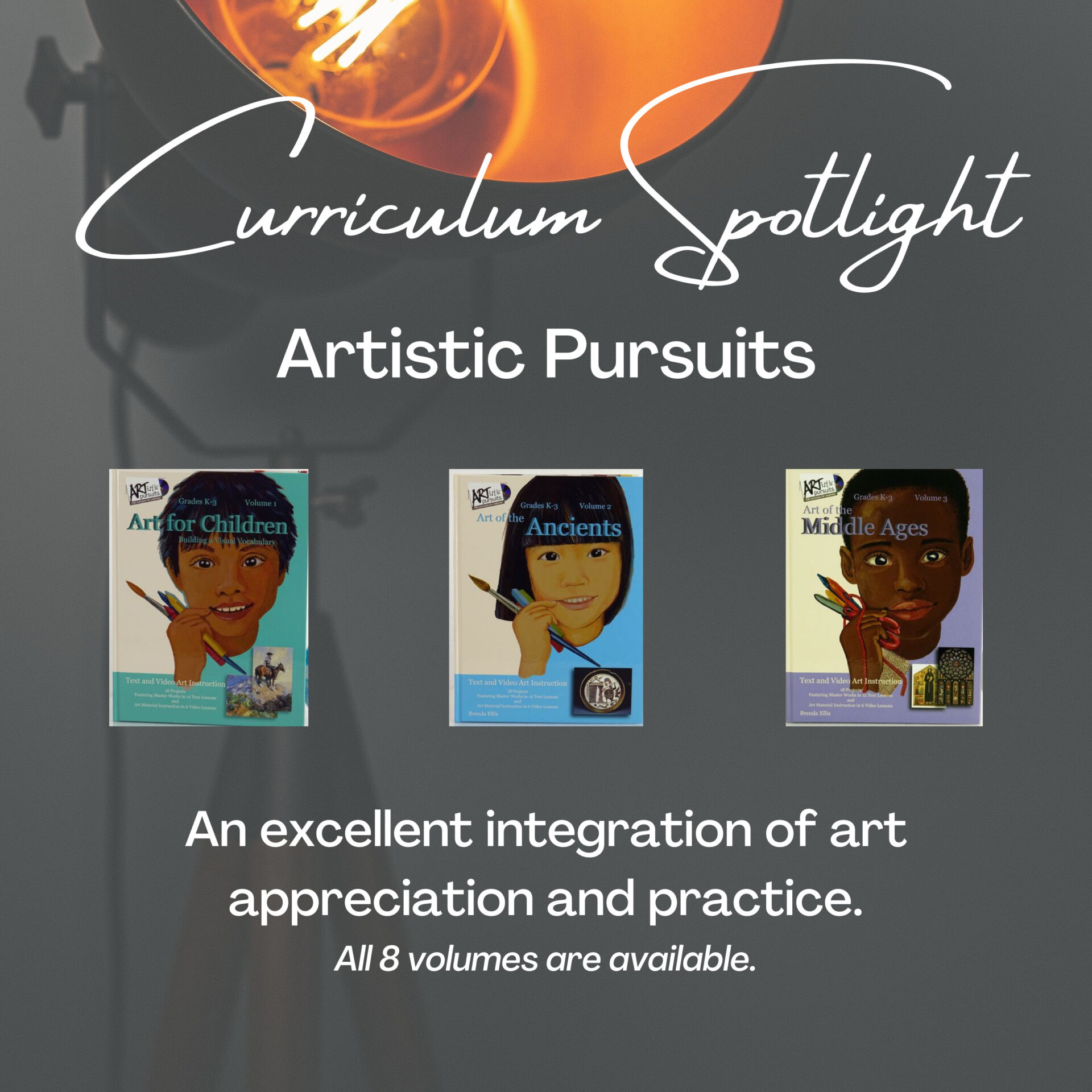
Artistic Pursuits The Artistic Pursuits program is an excellent integration of art appreciation and practice. It must start with Volume 1, Art for Children: Building a Visual Vocabulary. As the foundational text for this curriculum, it teaches the various styles used by artists and instructs the child how to replicate the style. The lessons focus on the artistic process of imagining, observing and communicating, while also teaching the practical details of working with varied materials to produce the art. The students will use chalk, paper, and oils and their objects will be nature, household items, and famous paintings. Once a student has completed Volume 1, they will understand the terms necessary to complete any of the following 7 Volumes. These volumes take the student through a chronological history of art using the techniques that they learned in Volume 1. They will study the various masterpieces of each era, including cave art, sculpting, mosaics, portraits, abstract and so much more. They will replicate the art using the techniques and materials that they learned about in level one although there will be several variations taught throughout the program. Volumes 2-8 are an excellent art study to accompany a history program for any classroom or home. Each text includes a DVD with lessons to help the student understand what they need to learn. Not every lesson has a video to accompany it. The video will start with a concept that is worked out over a few lessons, and then either added onto or changed in the next video. In The Artistic Pursuits program, the books begin with a list of materials needed to complete the volume. The lists contain art materials specific to a lesson, household items, and a list of items to buy that will create an art library that you can use throughout the course. The more volumes you complete, the larger your art library will become meaning you will not have to buy new supplies for each volume. The books are written clearly, with illustrations to help communicate the concept and aid the student in communicating their own version of art. They can be done by an older, self-motivated student, or used to instruct younger students. Where relevant, there is instruction on how to teach the lesson to a class of students. Each book has 18 lessons. They could be done on a bi-weekly basis covering a year, or one book could be completed per semester. Depending on your needs, this program is flexible in when the lessons are taught. Its simplicity does not require any prior knowledge of art to teach it. Whether you do one or eight books, the Artistic Pursuits program is sure to encourage observation in your child, and a portfolio of work that they can look on with joy as they see themselves improving over time. Quick facts: Must start with Volume 1. Can use any Volume afterward. Books contain lists of items needed to complete the course. It has a DVD with a teacher to help with concepts. Accompanies a history program very well. Volume 1 – Art for Children Volume 2 – Art of the Ancients Volume 3 – Art of the Middle Ages Volume 4 – Artists that Shaped the Italian Renaissance Volume 5 – Art of the Northern Countries Volume 6 – Art of the Impressionists Volume 7 – Art of the Modern Age Volume 8 – Art in America by Hester VanBraeden Hester is a second-generation home-educating parent who is keenly aware that her own education is not complete, and comfortable that it probably never will be. She has many years of experience with children, books, and curriculum. She loves to travel to worlds and times beyond the present with her children through many books. Hester and her husband have four children and live in the lower mainland of BC.
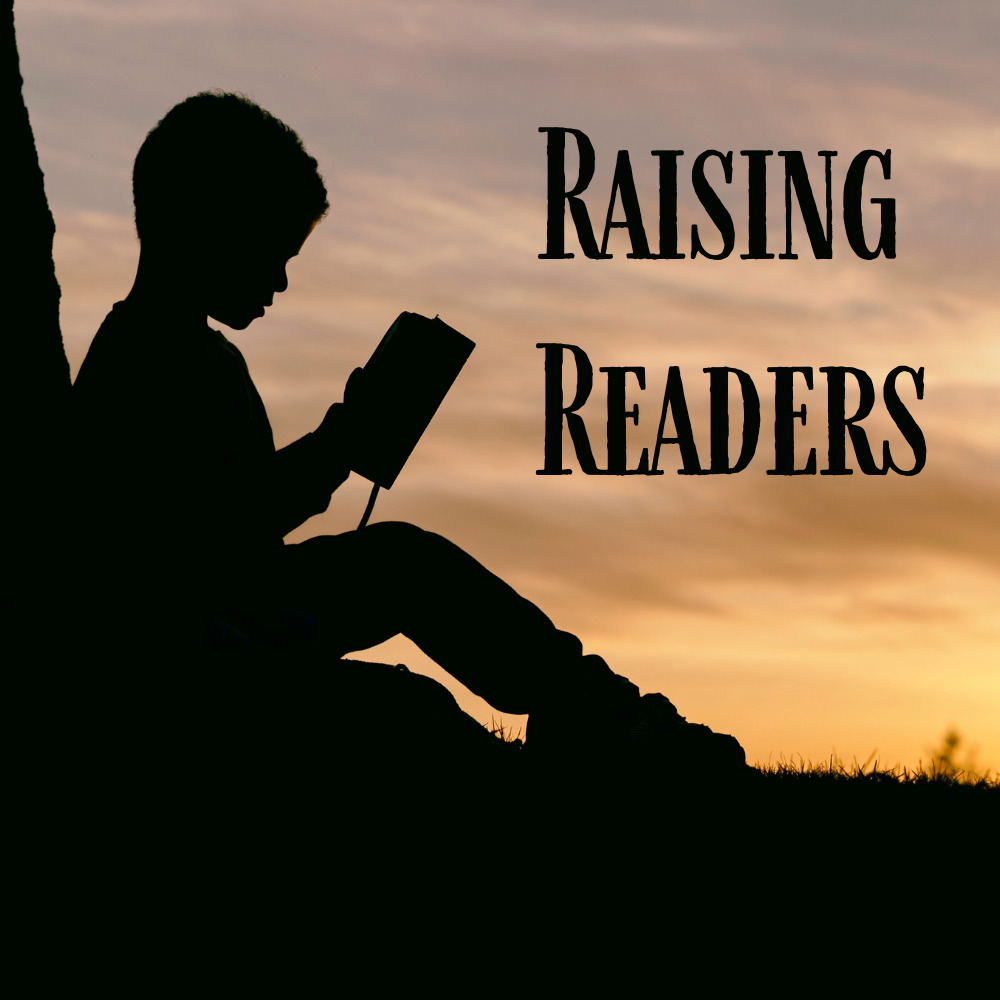
Do you want your children to grow up being fond of reading? Here’s a blog I wrote about raising readers—helping children develop their innate love and fondness of the written word. Enjoy! Our Story on Raising Readers I was not a reader as a child, but I knew that I wanted to raise readers even before I knew I wanted to homeschool. When we decided to homeschool, I read, watched, and listened to everything I could on how to teach reading. I was convinced early on that phonics was the way to go and invested in a solid phonics program, bought readers, magnetic letter tiles, and flashcards. My oldest was a natural and it felt like the second she understood that letters were connected to sounds she was reading fluently. Teaching her to read was effortless, and to this day she is a voracious reader. My second daughter caught on to reading easily but I wouldn’t say it was effortless. She would start off sitting beside me on the couch, then she’d be looking over my shoulder, then on my lap, on the floor, and then back where she started…it was exhausting but productive. I thought my third child, a boy, would never learn to read. He was halfway through grade 4 before he was reading simple 3-word sentences. He made regular progress, always moving forward but the steps were tiny, often taking several days to complete one little movement forward. That struggling young boy is now 17 and devours books regularly. My other 4 children have fallen somewhere on the spectrum between my oldest daughter and oldest son. They have not caught on as quickly, nor have they taken quite the same scenic route before learning to read. Revealing the Secret: How to Raise a Reader Teaching your children to read is an important task; it’s worth taking the time to do it well. The overall goal of raising readers is bigger than teaching them to read though; we want to raise readers, and maybe some of my thoughts will help you. Raising readers begins long before you purchase your first phonics program and even before you introduce them to their first book. It begins with the words you speak to them as you go about your day. Your touch, your scent, and your voice are a comfort to your babies. Fill them with words as you go about your day. Introduce books early. Fabric books and bath books are a great place to start. At this stage, we are not even close to teaching reading but over time there are important skills that are being learned: moving through a book from left to right, holding a book the right way up, and associating books with bonding are all-important first steps. Read aloud to your children. This is foundational to raising readers. Make this a daily habit. The benefits are so much bigger than your children loving books. Bonds are made over books. Don’t give up too easily with this. Maybe the read-aloud session needs to be shorter or maybe there needs to be a snack involved. Try topics that your child is already interested in or connect your read-aloud time to other activities like field trips, science activities, or art activities. Ask questions as you read and discuss the characters the next day. If you are not already a reader, become one. This is where I admit to you that this was a tough one for me. I was not raised in a home where reading was valued; the TV was on all the time, I had free access to it, and old habits die hard. Also, I was a slow reader and struggled to stay focused on what I was reading. I married a reader and he’s been a great influence on me. He’s a public-school principal and sweetly refers to me as a careful reader, not a slow reader. Early in our relationship, he encouraged me to keep trying with books. He was sure there was something out there for me and was a great encouragement and I’m grateful for that. When I was 20, I was working full-time with few expenses, was careful with my money, and decided that I needed to know what to do with the savings that I had accumulated. I bought a copy of ‘The Wealthy Barber’ and it was the first book that I devoured. That book opened my world to an entire section of the bookstore that I had overlooked until then. All those books that have practical life application…that’s me! I have since done enough reading about educating children to know that fiction is really important too and have read countless picture books and novels to my children but it’s just not what I gravitate to for personal enjoyment. Limit the screen time in your home! I cannot stress this enough! This is the game changer! Well, this along with reading aloud. Those that know us, know that we fall on the strict side of the screen spectrum; we have lost a bit of our endurance over the years for sure, but I have no regrets over being careful with the amounts of screens my children had access to. Boredom is not your enemy. It’s ok if your children are bored. That’s your cue to read them a story or hand them a book. Honestly, boredom is a key ingredient to raising a reader, and filling their boredom with a screen is counter-productive. Raising Readers: Resources to Help If you are late to the game and need to make changes, start slow, go easy, and be patient. You might want to consider getting your hands on a copy of The Read Aloud Family. If you are looking for a solid phonics program you can check out these titles on our website: All About Reading: This program has easy and fun readers. It has a lot of activities, is colorful and playful, and is very good for learners
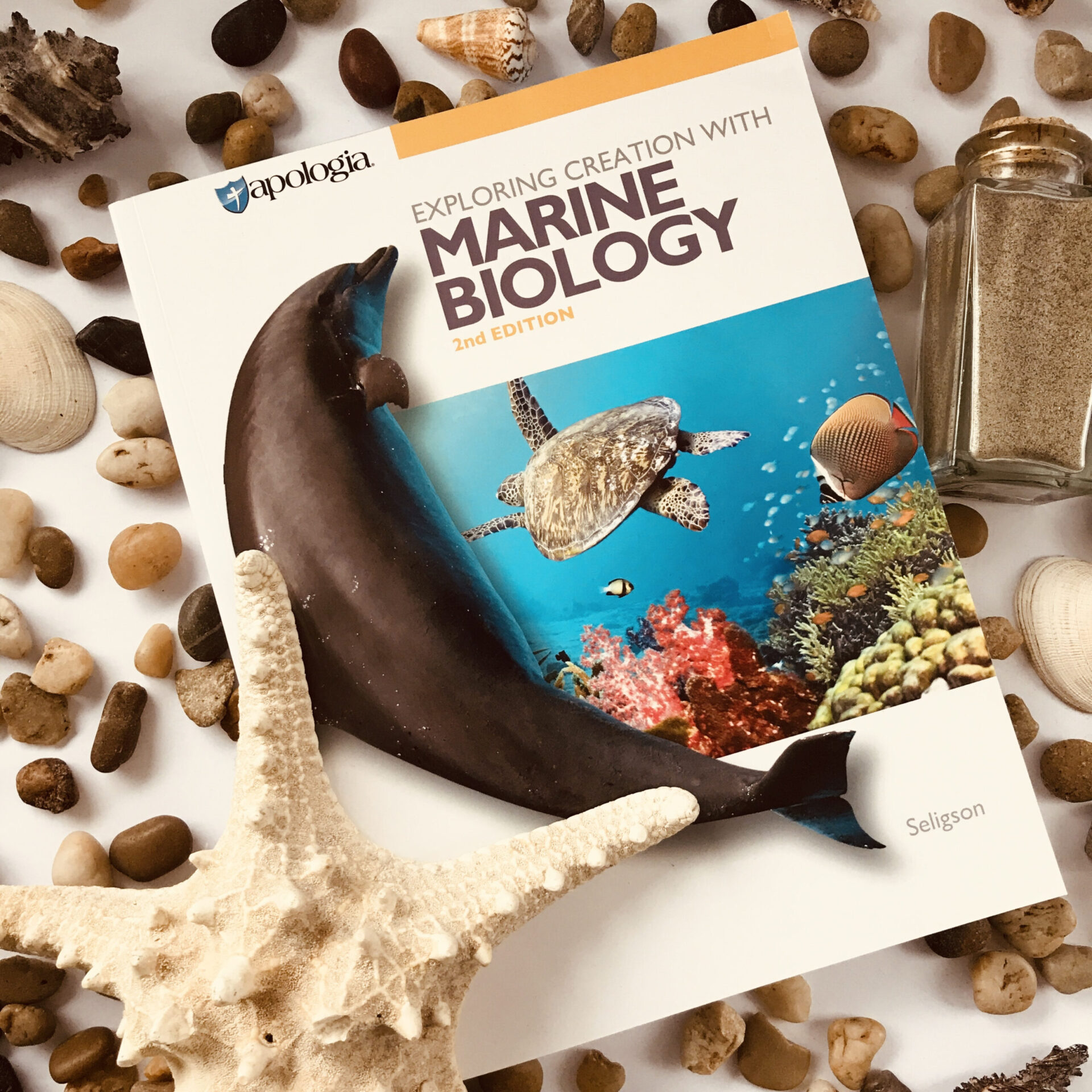
Apologia is a Christ-centered, award-winning homeschool curriculum. Their mission is to help homeschoolers learn, live, and defend their faith through their curriculum. Overview Exploring Creation with Marine Biology is a high school level, college-prep, lab science (Biology is a prerequisite) yet it is also captivating to teens that are not majoring in science. The course covers a complex topic using a conversational style that is engaging for students. Parents will appreciate that it can be completely student-led. Apologia offers several ‘add-on’ components to the course, including a DVD, tests, and solutions, and a student notebook to complement the textbook. We used the text, test booklet, and the notebook, which we found indispensable. It offers a daily schedule which was easy to follow and includes a chart for grades. There are pages for notes, definitions, study guide questions, an experiment and lab report section, and space for the ‘On Your Own’ questions found throughout the text. The test manual includes solutions for the study guides, a test and solutions for each module, and quarterly tests. The course contains 16 modules, intended to be completed in 34 weeks using the lesson plan schedule of 45 minutes per day, 5 days a week. One module with lab experiments and tests should be completed every 2 weeks. *Our daughter found this pace quite relaxed and often would complete 2 lessons in 1 day. After completing the study guide for a module, she would start the next module, while studying for the test of the previous module. She completed the course in approximately 28 weeks. The Pros and Cons Pros included the easy-to-read delivery and the abundance of information on fascinating sea creatures. She also appreciated that while the focus of the course is on creationism, other viewpoints were presented as well for a balanced view of both sides. Cons were the large amount of time spent on microscopic creatures (not her personal favorite topic) and she found that often the study guide was not an accurate representation of the test questions. Final Thoughts While not considering herself a science kind of kid, our daughter really dove into this course (water, get it?…) We often heard her narrating fascinating tidbits at the dinner table, showing that she absorbed a lot of detailed information without the course being overly time-consuming. The ‘On Your Own’ questions were a great way to explore new knowledge on a deeper level, instead of just repeating learned facts and she liked that the author wrote for a high school audience in a way that was not overwhelming but was also not condescending. After going through all of the elementary Apologia science courses as well as several high school courses, we are excited to continue exploring creation! Other Apologia Titles for Highschool Science: Exploring Creation with General Science Exploring Creation with Biology Exploring Creation with Physical Science Exploring Creation with Chemistry Exploring Creation with Physics Exploring Creation with Advanced Biology Exploring Creation with Advanced Physics Julia lives in Langley, BC with her husband and four children. Their adventures include traveling as The Springmans, a family band. Yes, that means that Julia homeschools on the road! This last year has made them available online for everyone to enjoy. Visit their Facebook page for live concerts, and follow Ryan, Sarah and Jacob as they search for treasure in the wilds.
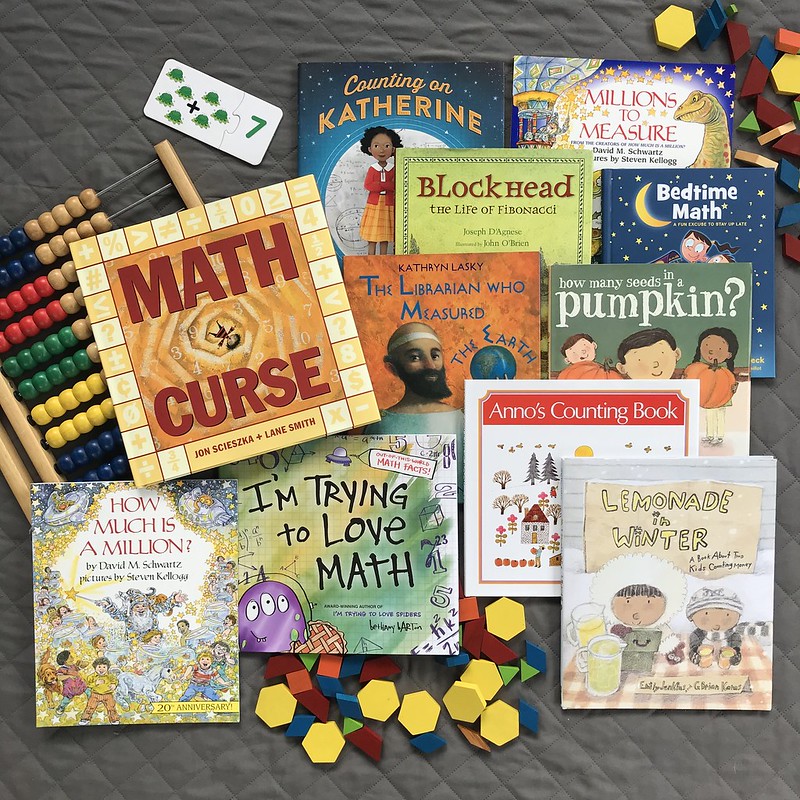
Stories stick and that makes them a great educational tool. Facts are more easily and accurately remembered when they are part of a story and there is no shortage of facts when it comes to math! In this blog, let’s talk about how using picture books can make learning math more fun and meaningful. We all know that a well-written homeschool curriculum is invaluable and as our children move through their homeschooling years, reading books does tend to give way to more curriculum. There is, however, nothing quite like the gentle learning that happens as you curl up on the couch and read books with your children; especially in the younger years. Using math books in the early years will help fill your children with mathematical facts and concepts in a fun and engaging way long before you have to set them in front of their first math textbook. In fact, without much thought, we give our children years of stories and special times before we ever sit them in front of a grammar textbook. What would happen if we were purposeful in cultivating an interest in math by using books, baking, games, projects, and money activities before they ever had to work through a math text? I’ve really enjoyed reading through these math picture books with my children. We use them as part of our morning time, and they are bringing math to life. I’m regularly negotiating with my reluctant learner but he’s always up for a good story; even a math story. Math picture books help children make connections between math concepts and the real world, they introduce students to math vocabulary and math heroes, and they combine literacy skills with math. Many times my reluctant learner has literally disappeared under the table as I’ve encouraged him to answer the math questions in his workbook but math questions that are asked as part of a story seem to fly under his radar and he’s happy to answer them. Here’s a great list of just some of our math picture books. They are full of facts, concepts and even encouragement and humour. You and your children will also be inspired by some math heroes, learn a bit about history, and enjoy some great artwork! Counting on Katherine Millions to Measure Blockhead Bedtime Math Math Curse The Librarian who Measured the Earth How Many Pumpkin Seeds How Much is a Million I’m Trying to Love Math Anno’s Counting Book Lemonade in Winter by Adrianne Curwen Adrianne is a wife to a public-school educator/administrator and a homeschooling Mama to seven children. She believes that we have a unique opportunity as homeschoolers to design individualized education that suits giftings, interests, and passions. She and her husband have used a blend of registered homeschooling, enrolment with independent DL schools, and participation in public trade school programs to design individualized programs for their children. She is passionate about using read-alouds, picture books, novels, and conversations to educate her children but also gets excited by the amazing homeschool-designed curriculum that’s out there. Adrianne is thrilled by her new role at Classical Education Books and is grateful to have an opportunity to learn something new. She is grateful, every day for her saviour, Jesus Christ, and has no greater joy than when she sees her most important missions field walk with Him.

The Bible contains the foundational stories of the Christian faith. The Christian Studies program is a kind of literature study of these stories. It is delivered in three parts. Book 1 The first is a K-2 enrichment book that is used with The Story Bible. This three-year program will read through all the Bible stories with the children once. Each lesson will review big words and ask comprehension questions. Book 2 The second part is for grades 3-5 and it covers the stories of the Bible in three years. This part is based on The Golden Children’s Bible. Each lesson covers Facts to Know, Comprehension Questions, Geography, Activities, and Memory Verses. Book 3 The third part is a one-year overview of the entire Bible. It can start at grade 6 and it relies on the student’s understanding of the stories of the Bible as they read through the Reader which has an overview of each book. The Student Guide will then review key people, terms, and geography, and an outline of each book. Common Questions Questions that commonly arise ask about the Bible storybooks that are used in this program. While the student and teacher’s guide refers to the required storybook pages, they also refer to the stories being taught. So one could use any story Bible to complete this course, but it would be best to use the recommended resources. These resources are the closest to the text that I’ve seen, which is one of the strengths of this program. Without getting theological, or imposing judgment on characters and situations, these texts faithfully tell the stories that are recorded in the Scripture. The course is a Bible literacy course, not a theological treatise or Bible study. It tells the story and helps the student remember the characters, time, and place. As such, it is a good resource for all Christians who want to know the Bible well, commit passages and texts to memory, and understand key phrases and words. Quick facts: Read through the Bible in three years with the K-2 Enrichment book Read through the Bible again in three years with the Christian Studies books I-III Read through an overview of the books of the bible with Christian Studies book IV Each part can be done independently of the other Bible story resource with parts 1 and 2 not required but it is strongly recommended This is a Bible literacy course, with memory verses required every week. Add in memory verse flashcards to help with memorization Learn the books of the bible and an outline of each book by the end of all 7 years Memorize 200+ trivia questions Create a timeline of events Can include maps of the geography for classroom or kitchen walls Grades are a recommended starting place, but it can be used in higher grade levels as well by Hester VanBraeden Hester is a second-generation home-educating parent who is keenly aware that her own education is not complete, and comfortable that it probably never will be. She has many years of experience with children, books, and curriculum. She loves to travel to worlds and times beyond the present with her children through many books. Hester and her husband have four children and live in the lower mainland of BC.
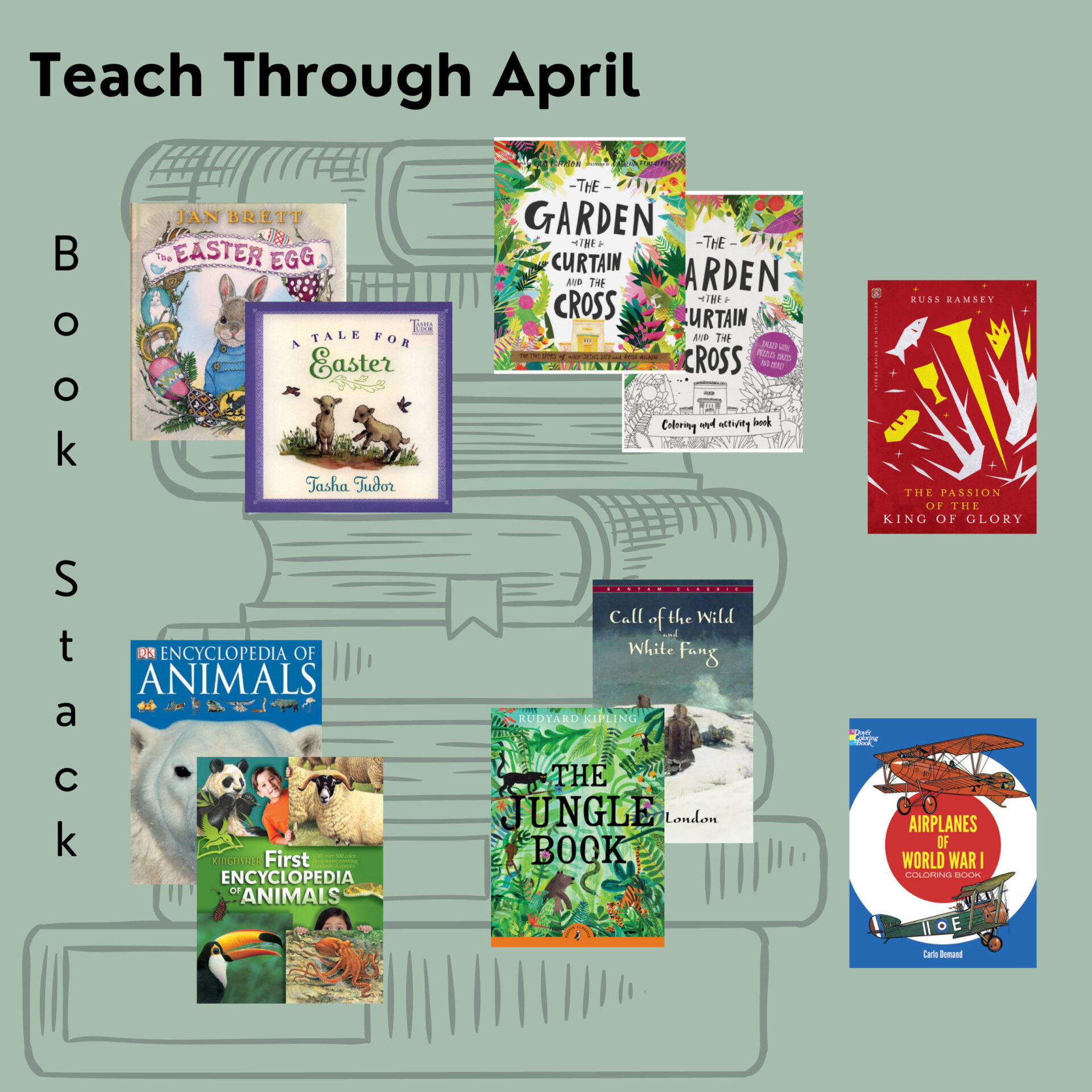
Easter Weekend – April 2nd-4th The Easter Egg A Tale for Easter The Garden, the Curtain, and the Cross The Garden, the Curtain, and the Cross – Coloring and Activity Book The Passion of the King of Glory National Wildlife Week – April 4th-10th Encyclopedia of Animals Kingfisher First Encyclopedia of Animals Call of the Wild and White Fang The Jungle Book Vimy Ridge Day – World War I – April 9th Airplanes of World War I – Coloring Book

Subjects that are seen as “extra-curricular” can be the first to slide when life gets busy and sadly, I am guilty of this. You don’t have to look very far to find research that will encourage you to make art a regular component of your homeschool life so I encourage you to think through how you will work it into your days. We have a selection of art curriculum that you can work through with your children but also consider taking the time to introduce your children to famous artists and their work. We have used several of these Katie books; they are a fun way to introduce your children to the art world. Add a package of watercolour pencils, paintbrushes, and a new watercolour art book and you have the ingredients for making beautiful homeschool memories. Katie and the Mona Lisa Katie and the British Artists Katie and the Waterlily Pond Katie’s Picture Show Katie and the Bathers Katie and the Starry Night by Adrianne Curwen Adrianne is a wife to a public-school educator/administrator and a homeschooling Mama to seven children, ranging in age from 7 to 23. She believes that we have a unique opportunity as homeschoolers to design individualized education that suits giftings, interests, and passions. She and her husband have used a blend of registered homeschooling, enrolment with independent DL schools, and participation in public trade school programs to design individualized programs for their children. She is passionate about using as many read-alouds, picture books, novels, and conversations to educate her children but also gets excited by the amazing homeschool-designed curriculum that’s out there. Adrianne is thrilled by her new role as Communication Specialist for Classical Education Books and is grateful to have an opportunity to learn something new. She is grateful, every day, for her saviour, Jesus Christ, and has no greater joy than when she sees her most important missions field walk with Him.
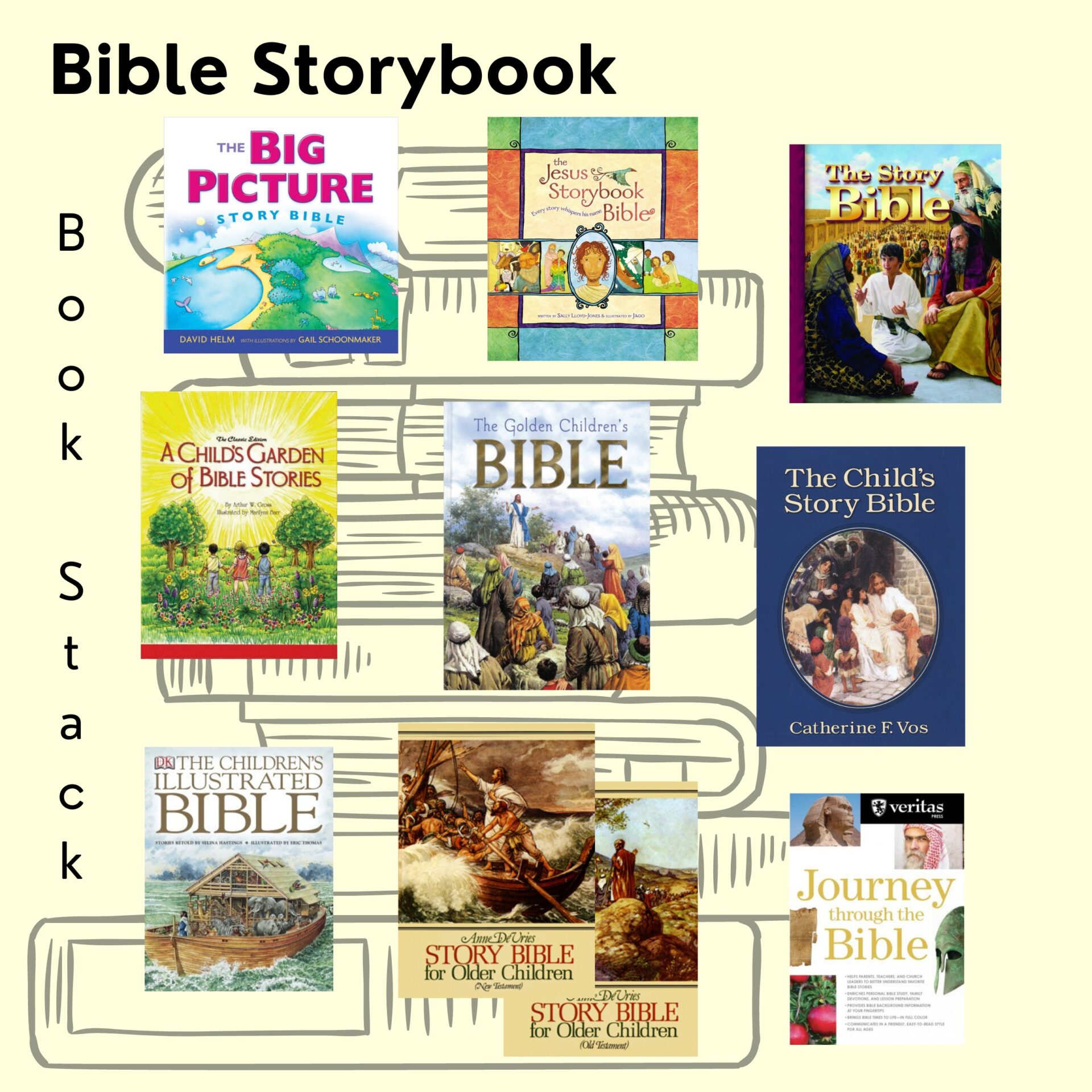
We have used several of these Bible Storybooks over the years and it would be a challenge to pick a favourite. It’s important that our children hear the bible read to them on a regular basis as hearing the words, wisdom, and instruction over the years builds a strong foundation. What at times seems to be information that is beyond young ones does build over time. A solid bible storybook is another tool we can use to build a solid foundation. They help young ones access wisdom and truth early in their lives and they give a high-altitude view of the bible, using stories as a way to communicate. As well, cycling through these stories year after year becomes the basis for more advanced learning, making these great resources for the grammar stage of learning. The Big Picture Story Bible The Jesus Storybook Bible The Story Bible A Child’s Garden of Bible Stories The Golden Children’s Bible The Child’s Story Bible The Children’s Illustrated Story Bible Story Bible for Older Children – Old Testament Story Bible for Older Children – New Testament Journey Through the Bible
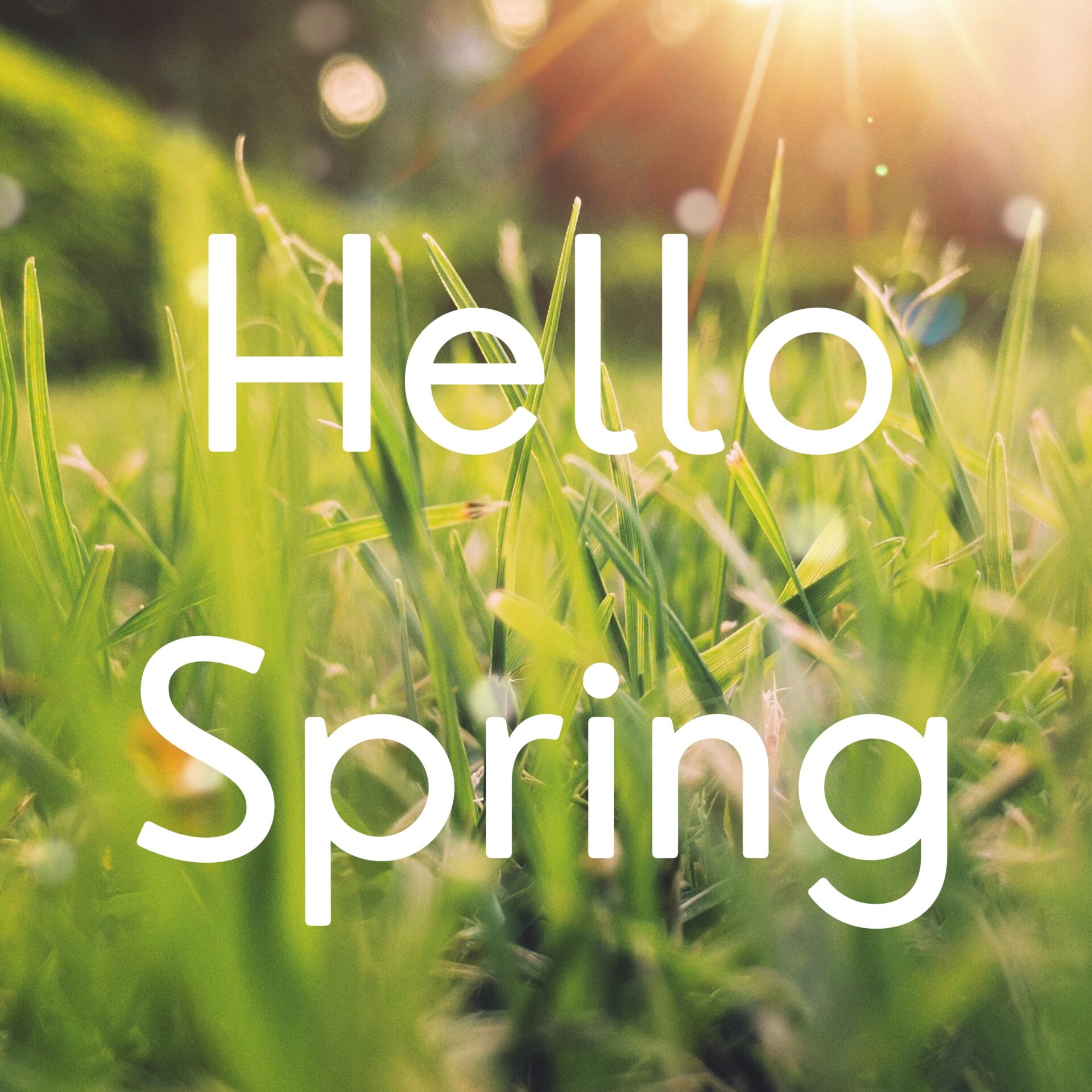
It’s March and I live in British Columbia so when I look out my window it’s spring. I have a favorite season but overall, I simply get excited about the changes that all the seasons bring. A new season naturally brings changes to weather, wardrobe, and activities but I like to purposefully exhaust as many changes as possible right down to the resources we use for our homeschooling: pumpkin picture books in October and Christmas books in December. Now is the time to scour your shelves for all things spring and we’ve compiled a stack of resources that would make great additions to your springtime learning. Coloring Books Don’t let the fact that these are coloring books fool you, they are full of more than just coloring. Your children will learn a lot as they read through these pages and be inspired to learn more. They are a great starting point for some springtime learning. Forest Animals My First Book About Backyard Nature Backyard Nature Coloring Book Picture Books You might still need a blanket but these picture books about nature would make great read alouds as you sit outside enjoying the change of season. I have to be so purposeful to get outside in the winter months but that all changes once springtime rolls around. We eat outside, read outside, and work through our morning time routine outside. Wangari Maathai Stellaluna The Gift of the Tree The Rainforest Grew All Around We’re Sailing to Galapagos Have You Seen Birds? Wonders of Nature Novels and Nature Stories All of the reading here has a spring/nature theme. Use the links below to see a full description of each title. The Penderwicks in Spring Come To My Tomorrowland The Burgess Bird Book for Children Outdoor Secrets Jack’s Insects We hope you are excited about the appearance of spring, but we also know that the events of life can cause the darkness of winter to take root where it is not welcome. Know that the CEB team is here to help you navigate through your homeschooling journey no matter what season you wake up to today. by Adrianne Curwen Adrianne is a wife to a public-school educator/administrator and a homeschooling Mama to seven children, ranging in age from 7 to 23. She believes that we have a unique opportunity as homeschoolers to design individualized education that suits giftings, interests, and passions. She and her husband have used a blend of registered homeschooling, enrolment with independent DL schools, and participation in public trade school programs to design individualized programs for their children. She is passionate about using as many read-alouds, picture books, novels, and conversations to educate her children but also gets excited by the amazing homeschool-designed curriculum that’s out there. Adrianne is thrilled by her new role as Communication Specialist for Classical Education Books and is grateful to have an opportunity to learn something new. She is grateful, every day, for her saviour, Jesus Christ, and has no greater joy than when she sees her most important missions field walk with Him.
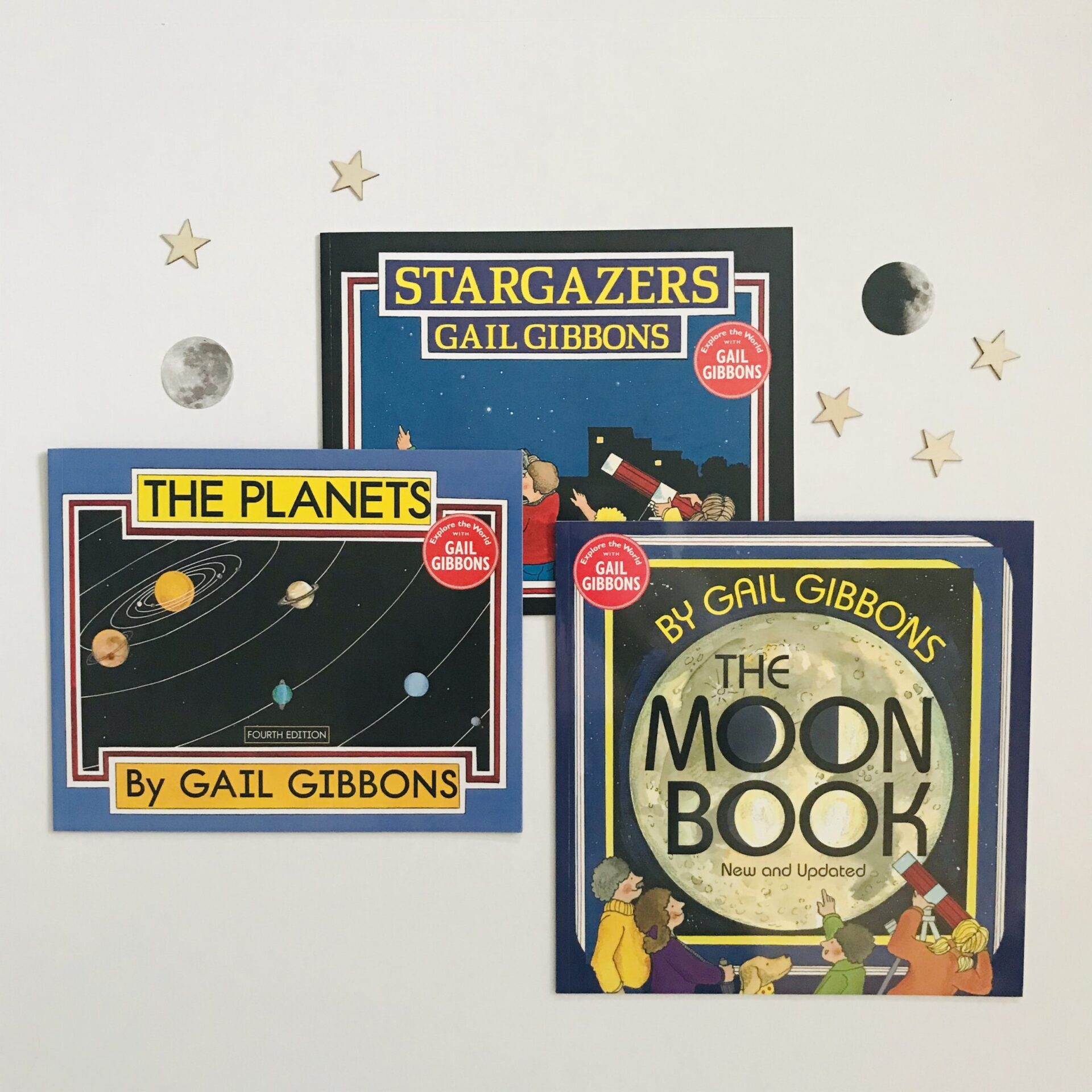
Gail Gibbons books are a favourite amongst homeschoolers and this trio is packed with information and great pictures. We’ll be adding to our Solar System unit this year with some colouring pages, notebooking pages, and of course constructing the solar system is a classic homeschool activity. We’ve used balloons, lego, or playdough over the years but I’m planning to try using painted rocks next. Also, there are some pretty cool apps that you can download onto your phone to make looking at the night sky pretty exciting. It all starts with reading aloud to your children; a foundation that can’t be understated and really can stand on its own. The Planets Stargazers The Moon Book by Adrianne Curwen Adrianne is a wife to a public-school educator/administrator and a homeschooling Mama to seven children, ranging in age from 7 to 23. She believes that we have a unique opportunity as homeschoolers to design individualized education that suits giftings, interests, and passions. She and her husband have used a blend of registered homeschooling, enrolment with independent DL schools, and participation in public trade school programs to design individualized programs for their children. She is passionate about using as many read-alouds, picture books, novels, and conversations to educate her children but also gets excited by the amazing homeschool-designed curriculum that’s out there. Adrianne is thrilled by her new role as Communication Specialist for Classical Education Books and is grateful to have an opportunity to learn something new. She is grateful, every day, for her saviour, Jesus Christ, and has no greater joy than when she sees her most important missions field walk with Him.

The Center for Lit has done something amazing for teaching literature. You don’t need textbooks or analytical reviews. You just need to know how to ask the right questions. Their flagship product, Teaching the Classics is an eight-hour seminar for parents, teachers, and readers. It gives them a tool for reading literature that acts like a pair of glasses which are to be worn whenever you read a book. This method shows how every story has the same structure, and it provides a long list of questions that will equip the teacher or parent to begin a Socratic Dialogue. By using dialogue a teacher can help the student engage with the story in a way that challenges his own views and opinions, rather than asking the student to assess a story whereby he just applies his paradigm to the text. Teaching the Classics also reviews literary devices and their importance to understanding classic literature. This program is for all grades and beyond. In fact, it’s easiest to start to learn how to teach with dialogue using kids’ picture books. A shorter story means less that gets in the way of spotting the key elements. But we can use this with texts as complex as Tolstoy or Tolkien. Beyond the seminar, the only thing you need is a desire to learn, and a good book. Once you have completed the seminar, Center for Lit helps us choose books for each grade level in their book Read Roadmaps. This guide also gives us a summary of each book and short notes for the teacher as tips for Socratic dialogue. If you want to have complete lesson plans for select books, you can use the Ready Readers. The Ready Readers Series have texts for Elementary to High School, even one for The Chronicles of Narnia. Each Reader provides several lessons for each book and they cover specific questions mapped out for the teacher, all within the scope of what was discussed in the seminar Teaching the Classics. You must watch the seminar to understand the scope of what these books are doing. I highly recommend the Ready Readers as a reliable support for teaching literature in the form of a Socratic dialogue. Quick Facts: Teaching the Classics is the central piece of this program. It’s all you need. Teaching the Classics is a DVD seminar with a workbook that can be done as a group. You will need to purchase additional workbooks for each viewer. Reading Roadmaps is a K-12 booklist with summaries of Teaching the Classics story chart. Ready Readers are open and go lesson plans for selected titles. This method can be used on any text, you do not have to use the Reading Roadmaps or the Ready Readers. by Hester VanBraeden Hester is a second-generation home-educating parent who is keenly aware that her own education is not complete, and comfortable that it probably never will be. She has many years of experience with children, books, and curriculum. She loves to travel to worlds and times beyond the present with her children through many books. Hester and her husband have four children and live in the lower mainland of BC.

Classical education is a new term for an old path. Over the last several years it is being rediscovered. It’s the classic path, the path that was well travelled but somehow our adventurous natures took us beyond that path. As we try to rediscover how our Western Culture gave us a richness of beauty, truth and goodness that we have not been able to replicate in recent years, it turns out we’re in for a bit of a journey. This journey is presented in many different ways, styles and methods. Classical Education: Way Back When I’d like to take you back to a time before the phrase “classical education” emerged. Way back to the time when communication between human beings was primarily oral, or speaking. Some people were beginning to create systems of writing where words could be put down in a concrete, tangible ways. But it was not easy to do, so only the most important, or valued words were set down in a way that could exist outside of the human mind. Many of the texts that we have from that beginning are a good source for us to learn about who we are as human beings, but also how human beings have behaved and how or if that has changed. We need to pay special attention to some of the civilizations that existed before the birth of Christ such as the Greek, Roman, and Jewish cultures. These are three cultures whose words were put in written form and passed through the ages. When we take a closer look we will see that, as some of the first recorded thinkers, they presented foundational truths that have been built upon. To be fair, it’s not easy to take a few thousand years of history and boil it down to into a neat little summary. However, like a valiant student of the subject who can’t always distinguish between brash and brave, I’ll delve in with you and take to heart what G.K. Chesterton said: “If a thing is worth doing, it’s worth doing badly.” And I believe so strongly that it’s worth learning about our past because I believe that there is no other way to change our future. So let’s give this a try. Some Truth and Good Ideas The Greek civilization was keen to look at man as more than a physical phenomenon. Through the works of Plato we learn that man is more than a body; more than what is visible to the eye. Plato tells us about another part of man which we know to be the soul. He goes on, at tedious length I might add, to discuss what that means, and how a man can take control of his actions and become self-governed. He explains to us that to become more human, man must learn to conduct himself in a way that benefits the greater good, and the wider community of mankind. While all these ideas resonate with us, we feel something lacking. That’s because there was a major piece missing in Greek thought which became evident when, despite their efforts to be man in perfection, they were invaded by a barbarian horde who became their rulers. Some of the barbarian hordes listened to the ideas that the Greeks had put forward, and these ideas resonated with them too. As a result, they tamed their wild natures to be able to get along for the greater good of the community, or you could say they learned to be civil. And thus, we come to one of history’s greatest civilizations, the Roman Empire. The Greek ideas became the teachers in this new order, and the idea of a self-governed man became alive as the civilization began to set up structures to rule over other people. The self-governed man was learning to rule as a governor of many men, but also how to live under a governor or many governors as good citizens. As a result of their thoughts and actions, they were able to extend their rule over less governed people and barbarians became civilized. An Unavoidable Problem As lovely as it might sound, this was not the utopia that man was longing for. Self-government and learning to live under man’s rule as a good citizen did not work out the way it had been planned. While many Romans were courageous and lived honorable lives, there were many cowardly and dishonest Romans. So it’s fair to ask the question: if these ideas are so great why was Greece conquered? Why did Rome fall? Because man cannot be the perfectly self-governed individual. We know that this is true because before Plato ever drew breathe, a man named Moses lived. He was the leader of a small tribe of ex-slaves, wandering like nomads in the desert. Moses famously ascended a mountain to receive instruction from his God, the great YHWH. Moses received the powerful words spoken and etched into stone by YHWH for all the world to read: the two stone tablets of the law. He presented these words to his people and they scorned him. This Moses, beloved of YHWH, receiver of these great words was unable to contain his fully human anger towards the people. According to his God, the great YHWH that was the point. YHWH had been saying for many generations that His people could not keep these laws. But that didn’t stop Him from presenting the law to His people anyway, even after Moses destroyed the first copy deciding that the people were not worth of these great words. Jesus is the Answer So it was no small matter that, at the height of the Roman Empire, during the reign of one of Rome’s greatest governors, or Emperors, YHWH fulfilled his promise to take matters into His own hands and make everything right. He became man, in the form of a small baby, born in backwoods Jerusalem, far from the glory of Athens or Rome. This God-Man was to be the


